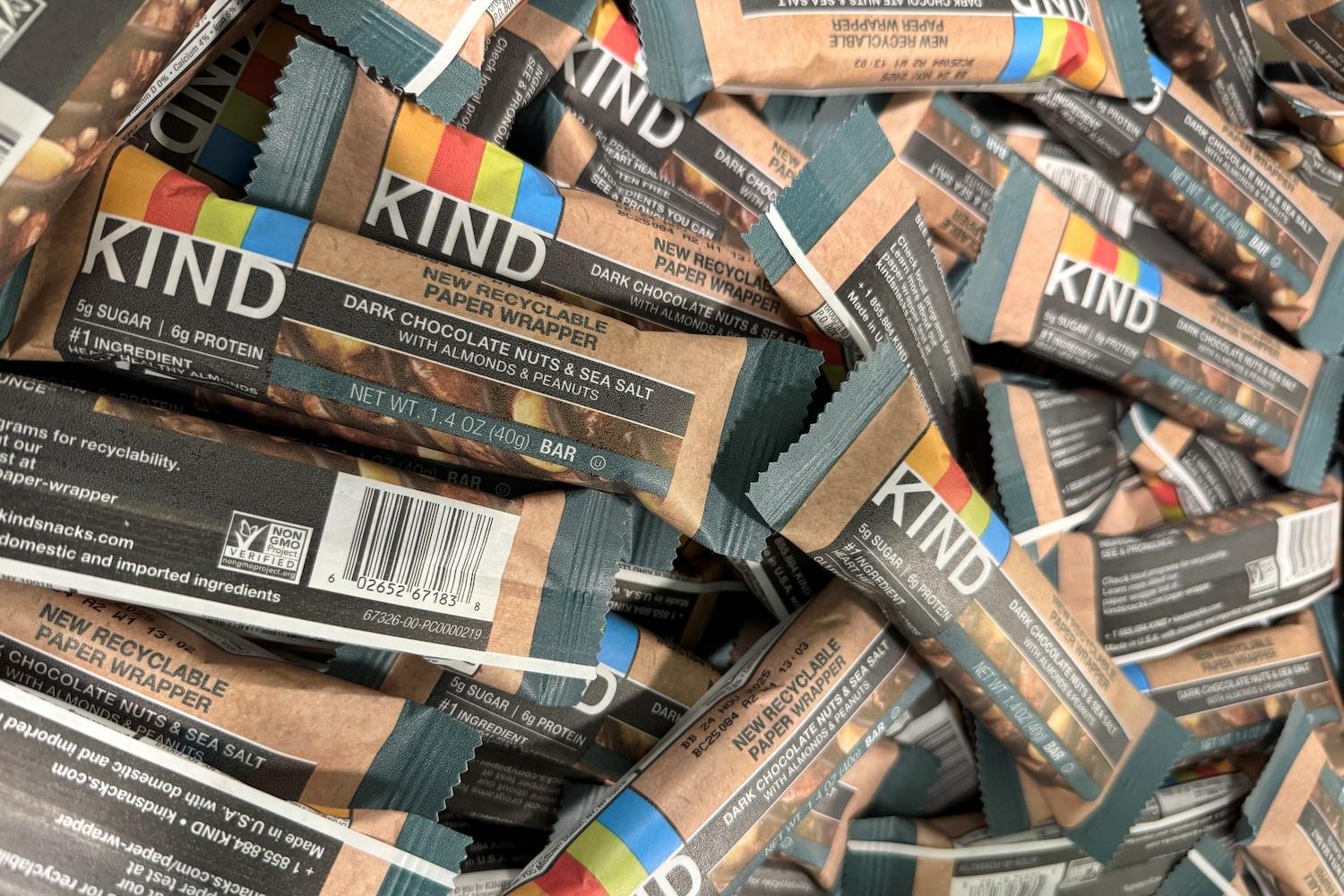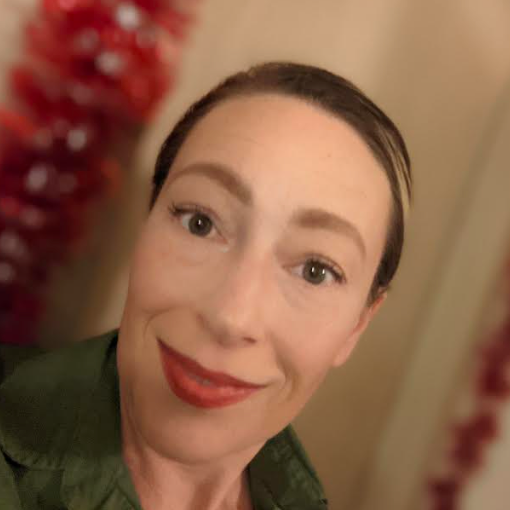
The new paper wrappers Kind is piloting in Whole Foods stores. (Image courtesy of Kind Snacks.)
A candy bar wrapper here and an empty chip bag there might feel minor compared to other sources of plastic, but all that packaging adds up. Packaging materials make up about 40 percent of all plastic waste — with food and drink wrappers and containers among the most common pieces of plastic found in the environment. Still, swapping out plastic wrappers isn’t as easy as it might sound. After years of development and testing, snack bar and granola producer Kind Snacks rolled out an in-store pilot for its paper wrapper alternative — which is sold in select Whole Foods stores.
“Paper is something that we feel can be recycled at scale sooner than some of the other material options,” Kerri Clark, vice president of packaging research and development at Kind, told TriplePundit. “We focus on papers that are curbside recyclable, so that it is easy and intuitive for the consumer. Because frankly, if the consumer adoption and understanding isn't there, we're never going to get solutions in place that … [work] for the environment.”
From the producer’s side, developing paper wrappers that meet the same expectations as plastic comes with some big challenges, she said. The paper has to be durable enough to protect the product from breaking as it travels from the factory to the store, is stocked on shelves, handled by customers, and packed for snacking on the go. It also has to safeguard the product’s shelf life, protect against the elements, be easy to open, and be easy for machines to produce.
For Kind specifically, the wrappers must have a moisture barrier to protect the bar and an oxygen barrier to keep the nuts in the bar fresh. Clark wasn’t able to say what the paper wrapper barriers are made of for proprietary reasons, but she did say the wrapper itself contains enough paper pulp to work for curbside recycling.
There’s also the matter of brand recognition. Kind customers are familiar with its clear plastic packaging, which acts like a window into the product. Not only do they know exactly what they’re getting, but they can see the quality through the wrapper. One of the goals of the pilot at Whole Foods is to determine if the switch to a photo of the product instead of a view of the bar itself negatively influences customers.
“What is the right balance of making it look like something different? Cueing paper intuitively to a consumer, but then, still trusting that this is a Kind bar. This is the product I know and trust,” Clark said.
The new packaging is also an opportunity to test the best ways to communicate other important aspects of the product. “Is there a better way we can communicate that it's recyclable?” Lindsay Philpott, senior sustainability marketing manager at Kind, told 3p. “Is there a better way we can communicate the ingredients you can see and pronounce as we look to scale this paper pilot in the future?”
Kind’s first online-only launch of paper-wrapped bars proved promising, with 93 percent of those who tried them planning to buy them again. This signals that consumers didn’t see poorer performance from the paper option, Clark said.
The snack brand is moving slowly, “baby stepping” its way through many different paper wrapper pilots to ensure it meets all of the same expectations consumers have of the original wrapper before scaling up, Clark said. The current test at Whole Foods will allow a broader view of how the wrapper stands up through the distribution chain and how customers react to it in stores. But more testing will still need to be done before it’s considered ready for a larger roll-out, she said.
The time and effort it takes to successfully bring a product like this to fruition is part of the reason the industry hasn’t already widely moved toward paper. “If it were easy, everyone would be doing it,” Clark said. “Unfortunately, it's not just a plug-and-play solution.”
While the road to paper packaging is slow, it’s important to do it right to encourage consumers and the industry to get on board. “We know it's just a test, but we wanted to be loud about it,” Philpott said. “Because not only are we going to invite consumers along on this journey, but we also hope it inspires other brands and [the consumer packaged goods industry] to start looking at paper as an option that they can test and learn.”
Fortunately, Kind isn’t completely alone in its search for a better wrapper. For example, Juicy Fruit gum and M&Ms — which, like Kind, are owned by snack giant Mars — piloted paper wrappers. Nestlé has done so with Smarties and KitKats. Driscoll’s is selling berries in paper in some parts of Europe, and Absolut Vodka piloted a paper-based bottle.
“Sustainability has been the tipping point for all branded companies and [consumer packaged goods], as far as not prioritizing exclusivity anymore on packaging technology and packaging innovations,” Clark said. “When it comes to sustainability, we have to be able to scale — which means the more [brands] that move in the same direction, the better.”
Collaboration will ease the burden of understanding for consumers and create better access to sustainable packaging across the industry, Clark said. That could lead to the slow trickle of sustainable wrappers eventually flooding the market, making plastic packaging a thing of the past.

Riya Anne Polcastro is an author, photographer and adventurer based out of Baja California Sur, México. She enjoys writing just about anything, from gritty fiction to business and environmental issues. She is especially interested in how sustainability can be harnessed to encourage economic and environmental equity between the Global South and North. One day she hopes to travel the world with nothing but a backpack and her trusty laptop.














